Entry Category: Zoology
Birdwatching
aka: Birding
Black Bears
aka: Ursus americanus
 Bobcat
Bobcat
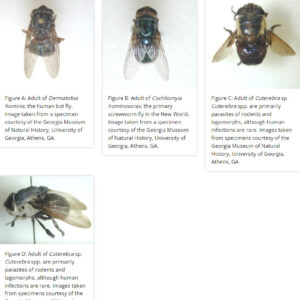 Botflies
Botflies
Bowfin
aka: Grinnell
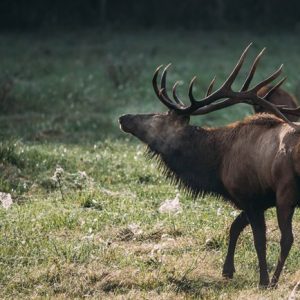 Boxley Elk
Boxley Elk
Branchiobdellidans
aka: Crayfish Worms
 Broadhead Skinks
Broadhead Skinks
Bryozoans
aka: Ectoprocta
aka: Moss Animals
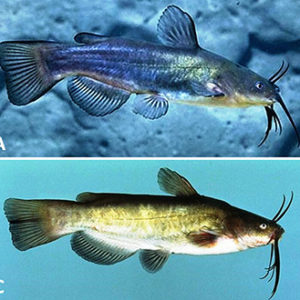 Bullhead Catfishes of Arkansas
Bullhead Catfishes of Arkansas
 Burying Beetles
Burying Beetles
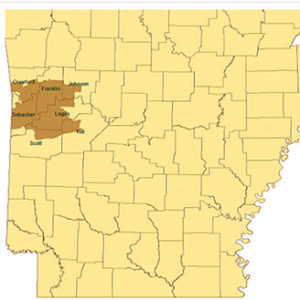 Burying Beetles Distribution
Burying Beetles Distribution
Butterflies and Moths
Caddisflies
aka: Trichopterans
Caddo Mountain Salamander
aka: Plethodon caddoensis
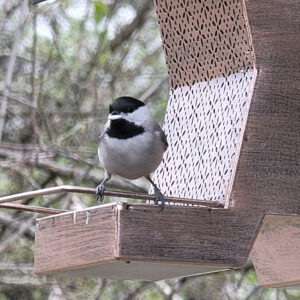 Carolina Chickadee
Carolina Chickadee
Carps
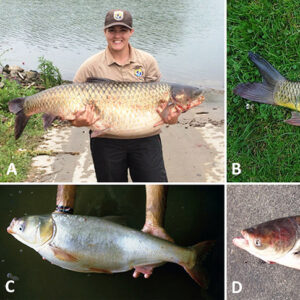 Carps of Arkansas
Carps of Arkansas
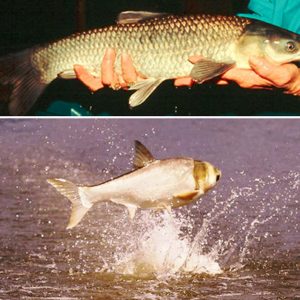 Carps of Arkansas
Carps of Arkansas
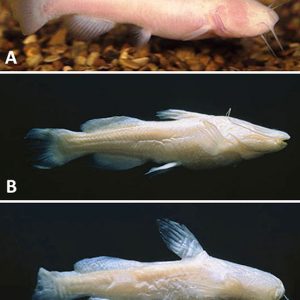 Cave Catfishes of Arkansas
Cave Catfishes of Arkansas
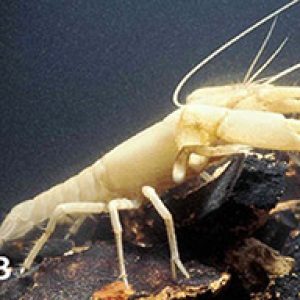 Cave Crayfishes
Cave Crayfishes
Cave Crayfishes
aka: Troglobitic Crayfishes
Cave Fishes
aka: Hypogean, Phreatic, Stygobitic, Subterranean, Troglomorphic, and Troglobitic Fishes
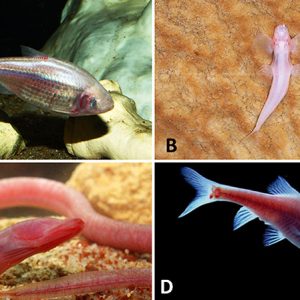 Cave-adapted Fishes
Cave-adapted Fishes
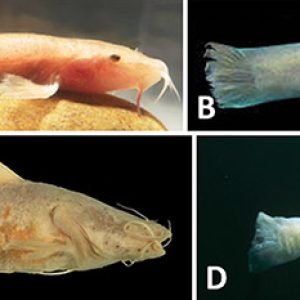 Cave-adapted Fishes
Cave-adapted Fishes
Centipedes
Central Mudminnows
aka: Umbrids
Centrarchid Fishes
aka: Sunfishes
Cestodes
aka: Tapeworms
 Chipping Sparrow
Chipping Sparrow
Chordate Parasites
aka: Parasitic Chordates
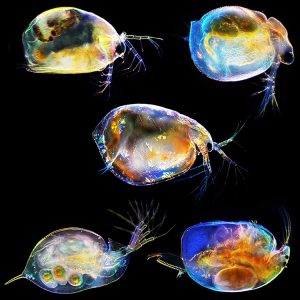 Cladocerans
Cladocerans
 Cladocerans
Cladocerans
Cladocerans
aka: Water Fleas
Cnidarians
aka: Hydroids
aka: Corals
aka: Jellyfishes
aka: Sea Anemones
Coccidia
 Cockroaches
Cockroaches
Cockroaches
aka: Blattodea
Collembollans
aka: Springtails
 Common Buckeye
Common Buckeye
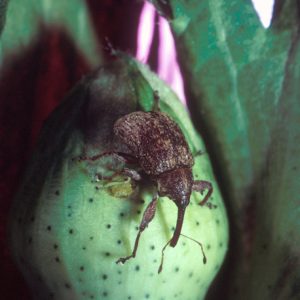 Cotton Boll Weevil
Cotton Boll Weevil
 Cottonmouth
Cottonmouth
 Cotylaspis insignis
Cotylaspis insignis
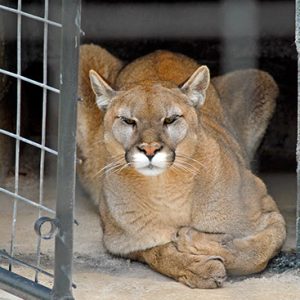 Cougar
Cougar
 Crawfish
Crawfish
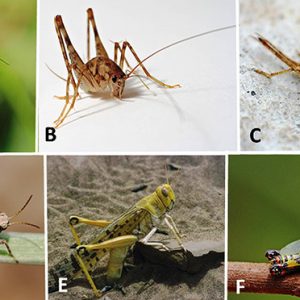 Crickets and Grasshoppers
Crickets and Grasshoppers
Crustaceans
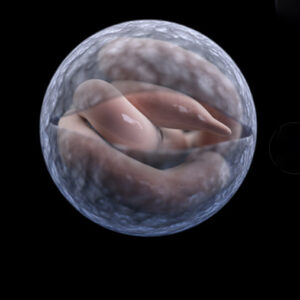 Cryptosporidium
Cryptosporidium
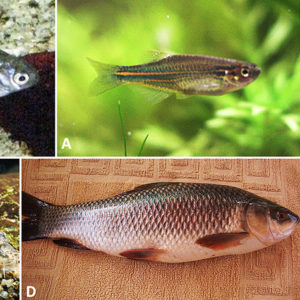 Cyprinids
Cyprinids




